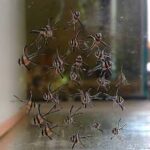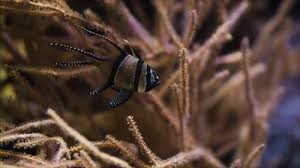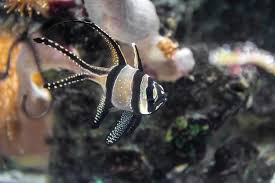
The Role of Dragons in Heroic Tales and Classical Chinese Mythology
Dragons have been a central figure in Chinese mythology and heroic stories for thousands of years. Unlike the fearsome, treasure-hoarding creatures of Western folklore, Chinese dragons are often seen as divine, benevolent beings that symbolize wisdom, strength, and protection. They appear in ancient myths, historical legends, and folk tales, often interacting with gods, emperors, and…














